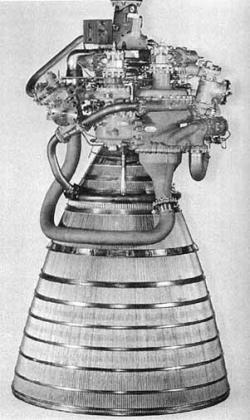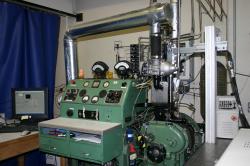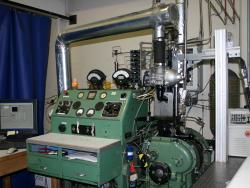The RL-10, which served as the power plant for NASA's upper-stage Centaur space launch vehicle, was the first rocket engine to use high-energy liquid hydrogen as a fuel. It has provided precisely controlled, reliable power for lunar and planetary explorations. The RL-10 embodied numerous advanced design features, including multiple use of its fuel with the "bootstrap cycle." The RL-10 is also capable of multiple restarts in space, which enables positioning of satellites or further escape of Earth's gravity.
Fuel


The Cooperative Fuel Research (CFR) engine is used extensively throughout the world for testing, research, and instruction in the performance of fuels and lubricants for the internal combustion engine. Principal design work on this prototype engine was accomplished by engineers of Waukesha Motor Company, now a division of Dresser Industries, who served on a Cooperative Fuel Research Committee with representatives of the American Petroleum Institute, Society of Automotive Engineers, Automobile Manufacturers Association, and the National Bureau of Standards.
Innovations

The Cooperative Fuel Research (CFR) engine is used extensively throughout the world for testing, research, and instruction in the performance of fuels and lubricants for the internal combustion engine. Principal design work on this prototype engine was accomplished by engineers of Waukesha Motor…
Read More
The RL-10, which served as the power plant for NASA's upper-stage Centaur space launch vehicle, was the first rocket engine to use high-energy liquid hydrogen as a fuel. It has provided precisely controlled, reliable power for lunar and planetary explorations. The RL-10 embodied numerous…
Read More

